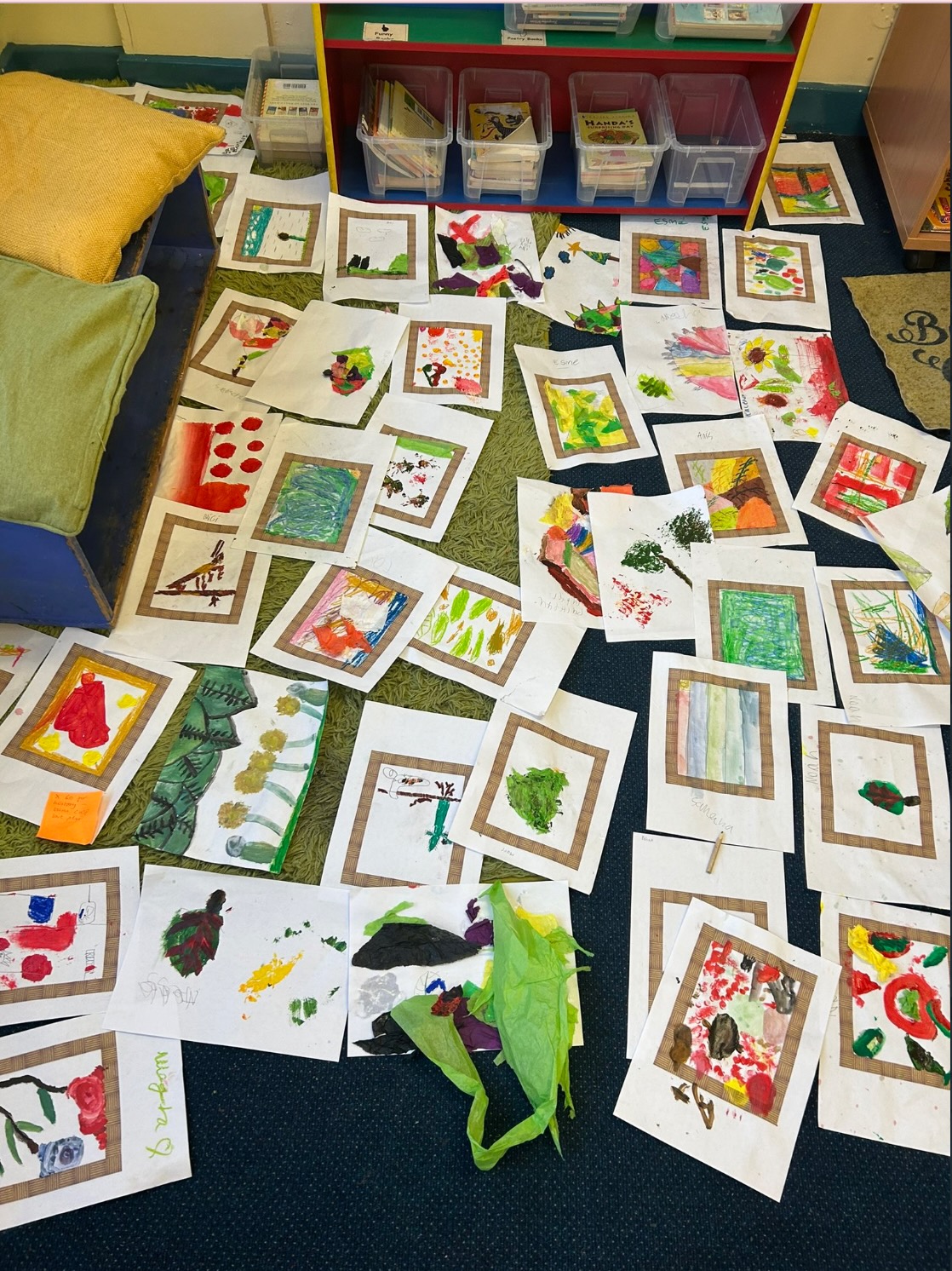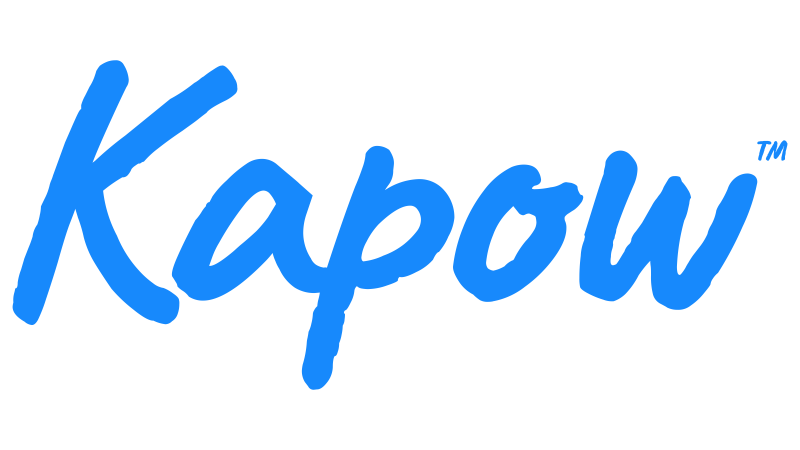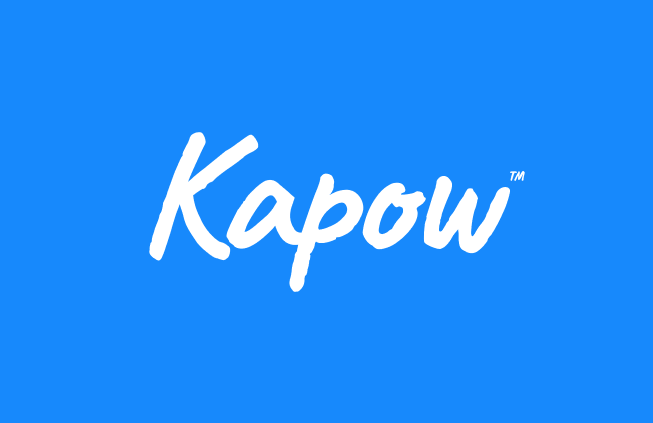Learning intention
- To evaluate and improve artwork.
Success criteria
- I can say what I like or do
This content is for subscribers only. Join for access today.
Cambridge Primary Art & Design (0067) Learning objectives
Experiencing
E.01 Encounter, sense, experiment with
This content is for subscribers only. Join for access today.
Before the lesson
This content is for subscribers only. Join for access today.
Lesson plan
Recap and recall
Show the Presentation: High five and check what learners can remember about the artist Romare Bearden.
This content is for subscribers only. Join for access today.
Extended-mode explainer videos
How to extend your display to view the lesson page and preseantion mode simultaneously. Choose your operating system below to watch the video
If you need further support with extending your display,
please contact [email protected].
Differentiation
Learners needing support:
- Could guide learners to try out and adapt their collages.
- Could ask questions about their intentions as they work.
- Should test out ideas in their visual journals.
Learners working at a stretch:
- Should choose a technique and try something new.
- Could talk about their ideas as they work and evaluate if a technique, for example, sponging paint over the paper, looks as they expected.
This content is for subscribers only. Join for access today.
Assessing progress and understanding
Learners with secure understanding can:
- Reflect on their own collage and the
This content is for subscribers only. Join for access today.
Vocabulary definitions
-
detail
A small part of the whole artwork.
-
surface
The top layer of the artwork.
This content is for subscribers only. Join for access today.
Example work

Our Lady of Muswell RC Primary School, United Kingdom
This content is for subscribers only. Join for access today.
In this unit
Lesson 1: Colour fun
Lesson 2: Texture hunt
Lesson 3: Making textures
Lesson 4: Collage creation
Lesson 5: Developing detail

